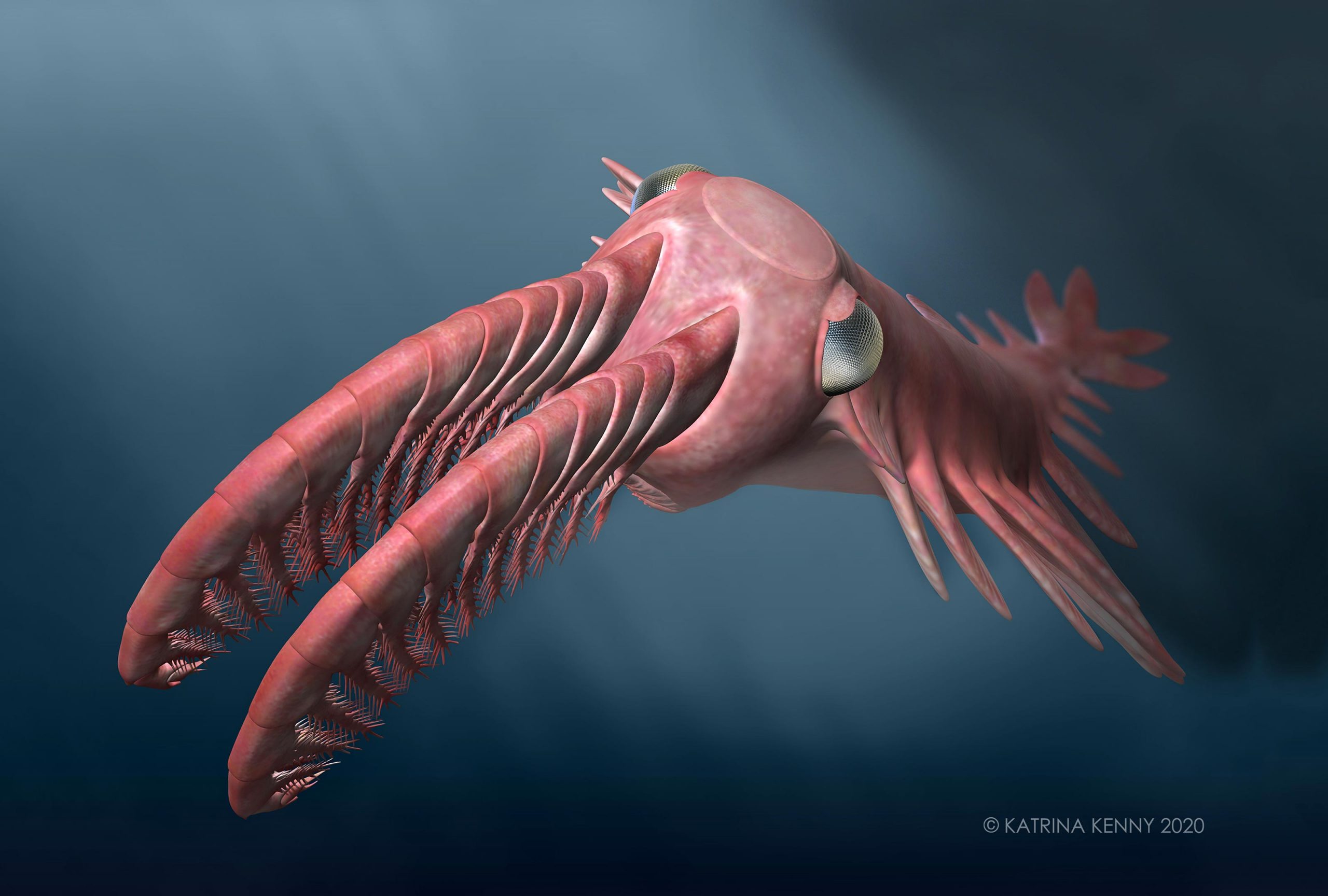During the process that creates the pulsating aurora, low-energy (blue) and high-energy (yellow) electrons are formed. The high-energy “relativistic” electrons could cause localized destruction of the ozone. Photo credit: PsA project
Streaks of pulsating aurora lights are a rare but magical sight. Now scientists are suggesting that they could be linked to the destruction of some of the ozone.
Computer simulations explain how electrons with far-reaching energies rain into the upper and middle atmospheres during a phenomenon known as the pulsating aurora. The results published in the journal Geophysical research letterssuggest that the more energetic electrons resulting from this process could destroy part of the ozone in the mesosphere, about 60 kilometers above the earth’s surface. The study was a collaboration between scientists in Japan, including at Nagoya University, and colleagues in the US, including from NASA.
The northern and southern lights usually known to humans, called the aurora borealis and australis, look like colored curtains of red, green and purples that spread across the night sky. But there is another type of aurora that occurs less often. The pulsating aurora looks more like fuzzy wisps of cloud clinking across the sky.
Scientists only recently developed the technologies to understand how the pulsating aurora forms. Now, an international research team led by Yoshizumi Miyoshi from the Institute of Space-Earth Environmental Research at Nagoya University has developed a theory to explain the low-energy electron precipitates of pulsating aurors and performed computer simulations to confirm their theory.
Their results suggest that both low- and high-energy electrons originate simultaneously from interactions between chorus waves and electrons in the earth’s magnetosphere.
Chorus waves are plasma Waves generated near the magnetic equator. Once formed, they move north and south and interact with electrons in the earth’s magnetosphere. This interaction excites the electrons and scatters them into the upper atmosphere, where they release the light energy that appears as a pulsating aurora.
The electrons that result from these interactions range from low-energy electrons of just a few hundred kiloelectron-volts to very high-energy electrons of several thousand kilo-electron-volts or megaelectron-volts.
Miyoshi and his team suggest that the high-energy electrons of pulsating aurors are “relativistic” electrons, also known as killer electrons, as they can cause damage when they enter satellites.
“Our theory shows that so-called killer electrons that drop out in the middle atmosphere are associated with the pulsating aurora and could be involved in ozone destruction,” says Miyoshi.
The team next plans to test its theory by examining measurements taken during a space rocket mission called “Auroral Microburst Pulsation Loss” (LAMP), due to launch in December 2021. LAMP is a collaboration between NASA, the Japan Aerospace Exploration Agency (JAXA), Nagoya University and other institutions. LAMP experiments will be able to observe the killer electrons associated with the pulsating aurora.
Reference: “Relativistic electron microbursts as a high-energy tail of pulsating aurora electrons” by Y. Miyoshi, S. Saito, S. Kurita, K. Asamura, K. Hosokawa, T. Sakanoi, T. Mitani, Y. Ogawa, S. Oyama, F. Tsuchiya, SL Jones, AN Jaynes and JB Blake, October 13, 2020, Geophysical research letters.
DOI: 10.1029 / 2020GL090360
was published online in Geophysical research letters on October 13, 2020 and is available under DOI: 10.1029 / 2020GL090360.



